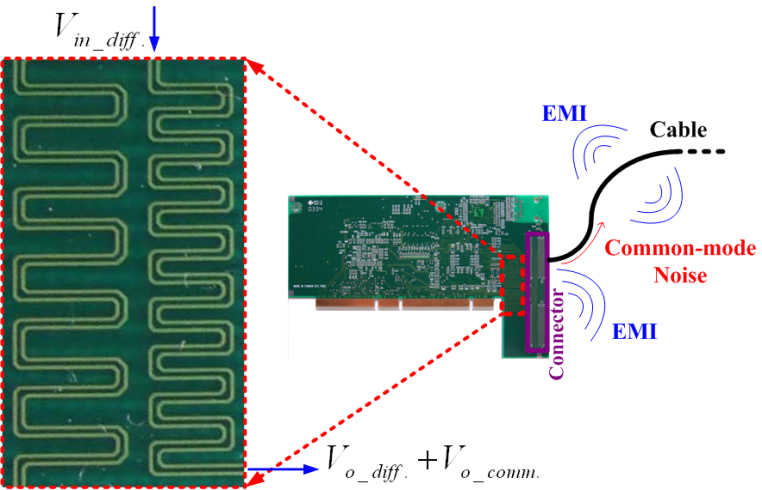With the increasing speed of modern circuit signal transmission, the current Circuit Board Design is no longer just a simple electronic connection device, but a complex and independent product with its own specific component requirements, which is the support for the system function. In the system design process, appropriate methods should be taken to ensure that these boards meet the requirements.
The trend of high-frequency and high-speed brings many new problems to the design of electronic circuit board, among which the electromagnetic compatibility problem is particularly prominent. There is electromagnetic compatibility issue involve in the overall layout of the circuit board, chip selection, circuitry layout, distribution of vias and through holes, ground segmentation and ground design, effects of various connectors, anti-interference design, filter design, and ground loop design.

The solution of these problems directly determines the realization of circuitry functions and the quality of electronic equipment. It can be said that the focus of PCB board design has been extended from the early logic and functional design to the electromagnetic compatibility design.
Since the rapid development of electronic technology in the 1940s, the concept of electromagnetic compatibility has been proposed. With the deepening of people’s understanding and use of electromagnetic waves and the advancement of radio and other radio industries, people have gradually realized that various electromagnetic interferences must be controlled to ensure high reliability of equipment and systems.






